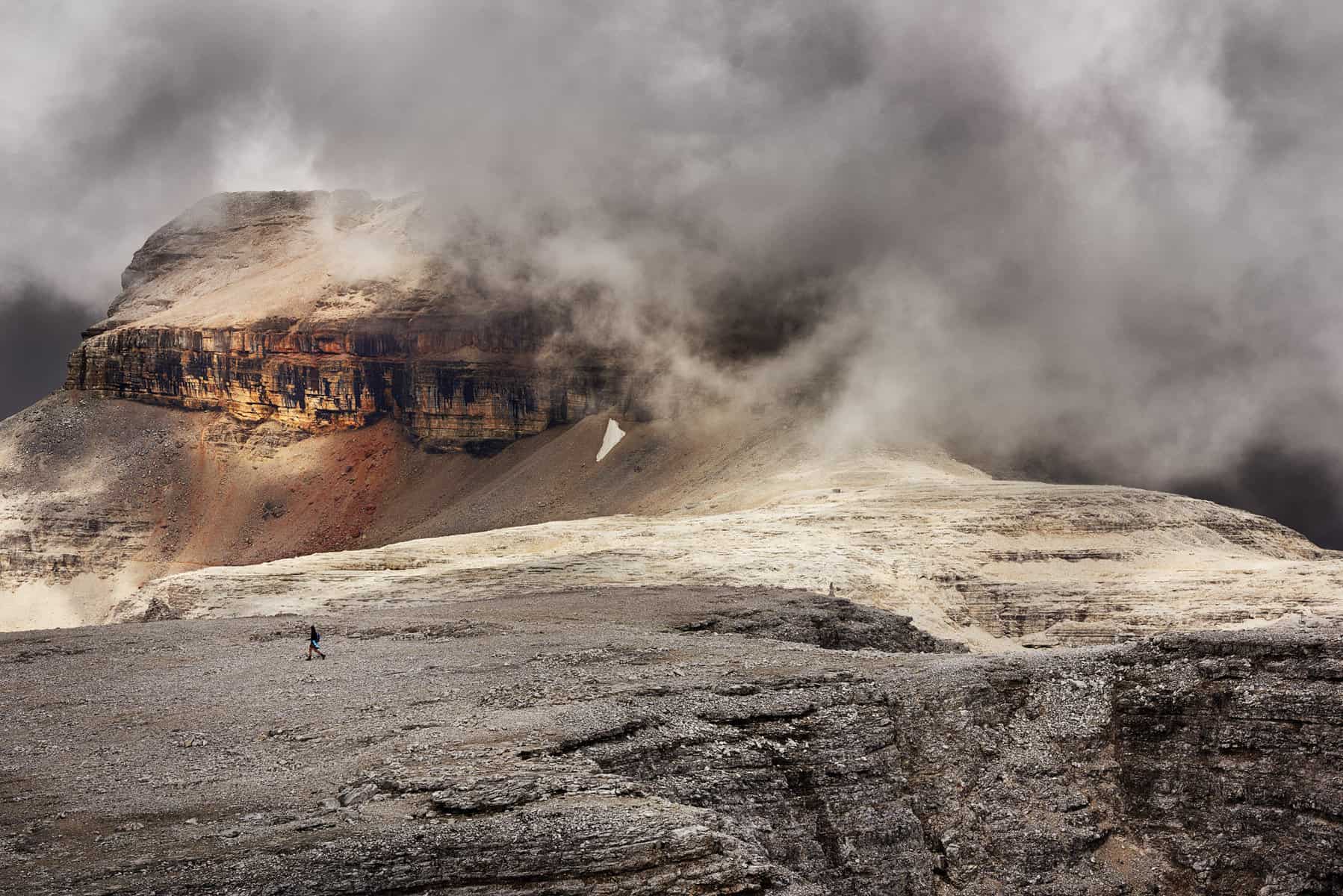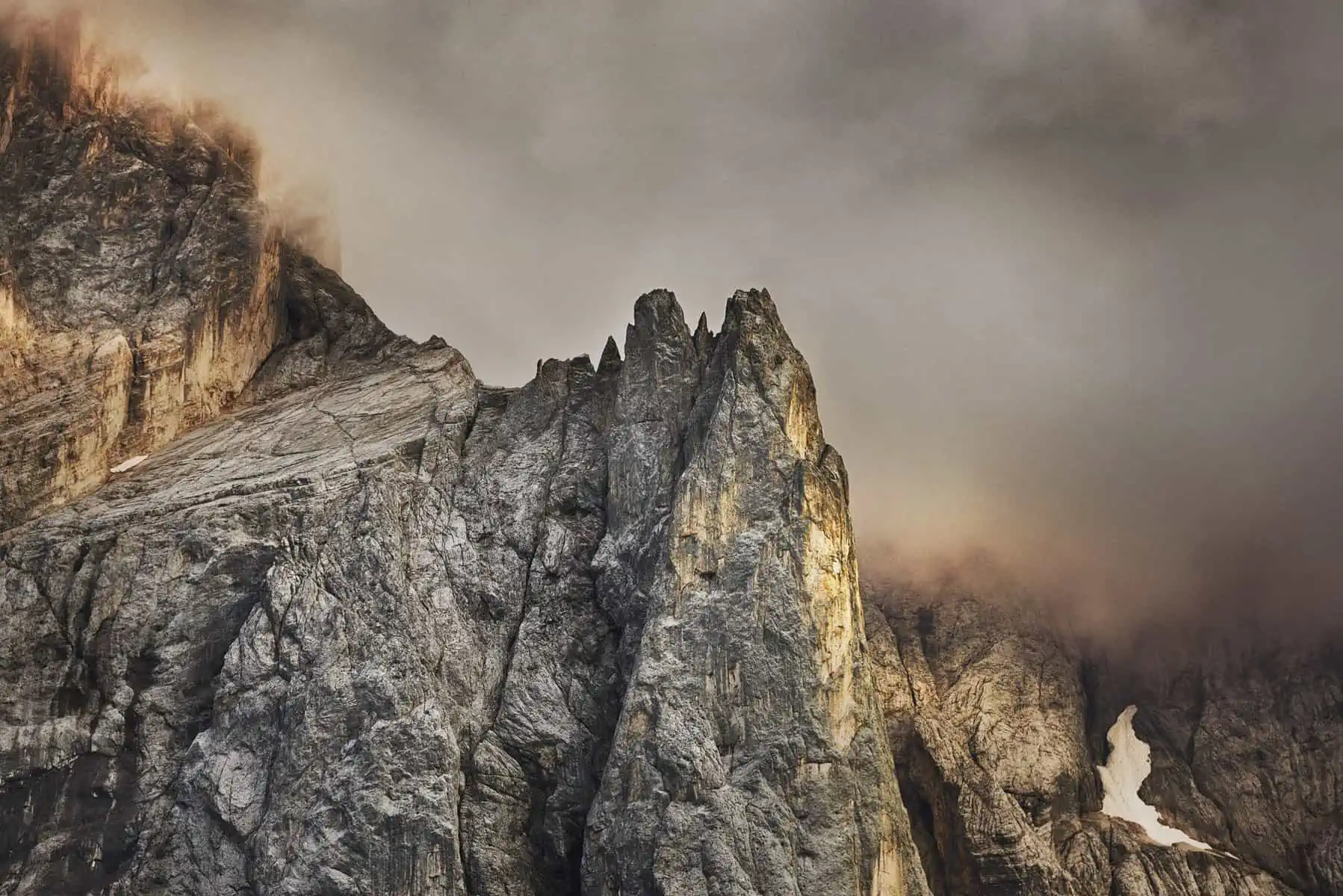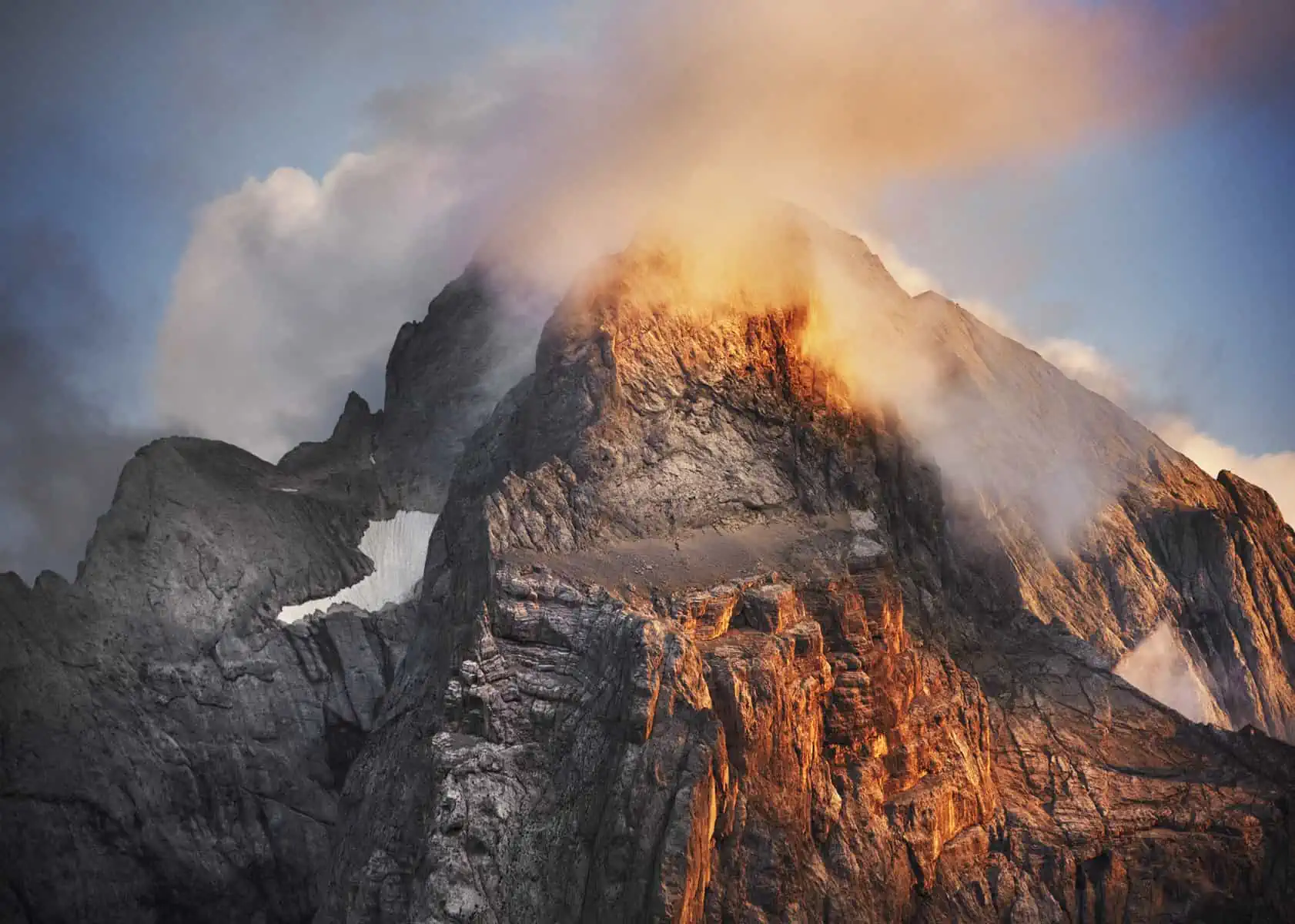‘Preparation is key’. It’s a cliched phrase and certainly overused for sure, but as the scope and ambition of our trips have grown, it’s a phrase, that alongside ‘familiarity is key’ has become somewhat of a mantra for me.
I’m not interested in talking about packing lists or what I think you should be bringing on trips, but exploring how, through physical and mental preparation, you can set yourself up to be in the best place to succeed in what you set out to achieve in your own adventures.
Once Bitten Twice Shy
You set out on a hike, a bike ride or any kind of adventure and you suddenly realise you are unprepared. You could be half way up a mountain when the sun breaks through the clouds and you realise you’ve left your sunscreen in the car, or come rolling to a halt on your bike with a flat tyre and no replacement tube (bonus points if you roll to a halt by a road sign conveniently telling you that you’re twenty miles from home!). These are simple lessons and, if we are going to keep up with our cliched phrases, you adopt an attitude of ‘once bitten, twice shy’: so, I always double check that I’m carrying sunscreen, even if it’s raining. When I go for any kind of long-distance bike ride, I always carry two spare inner tubes.
Learning by experience like this is great, but it will only carry you to a point and, as your trips become more ambitious and necessarily more complex, there will come a point – probably sooner than you think – where a mistake in preparation could compromise the entire event, or worse than that, put you in real danger.
The first priority on any of our trips is to get home safely, even if that sometimes means giving up on the goal. There have been occasions when we’ve turned our back on a mountain ascent when the summit was in sight, simply because the weather was changing very quickly for the worse. Close behind this priority, though, is to enjoy the experience and to create some amazing imagery so we can share our travels and experiences.
Fail to prepare, then prepare to fail
It’s foolish to believe that you can prepare for every eventuality and, as our trips become more complex, then are more unknowns and absolutely more unexpected turns of events. It might be a sudden bank of fog rolling in on a mountain ridge reducing visibility to a few meters. A slope being far sleeper in reality than the map contours indicated. A marked trail simply not being there or a locked gate and barbed wire fence blocking a bridge prompting an 8km detour as the Sun is setting. Sometimes you can face more than one ‘surprise’ in a day. All of these things stress your preparedness and all of these things underline the need for you to have confidence and comfort in your prep and equipment.
What’s the solution? For us, it’s building absolute faith in our abilities, comfort and ‘fluency’ with our gear and equipment. It’s very important to note though, that all of these points are defined by their limits: just because I have faith in my ability doesn’t mean that I think I’m invincible or can achieve anything. In terms of my physical ability, I know what I can and cannot achieve: If a trail turns into more of a climb, I know the limits of my ability and when I need to turn back.
Let’s break these areas down a little more.
Physical Preparation
Obviously, hiking can be physically demanding, and this seems to increase exponentially as you get deeper into the mountains. You’re dealing with more time walking, rougher trails, more (heavier!) kit to carry – and that’s before you consider harsher weather, thinner air, reduced mobility from layers upon layers of clothing and so on. If your goal is the mountains, then the best training is just to get out there as much as you can, however, if you live in a city away from any substantially challenging terrain, it can seem tricky to train specifically for the mountains, but there’s still plenty you can do. We aim to have a baseline fitness level that we are constantly trying to improve. Building and achieving this is straight forward enough, we walk every day. This isn’t a massive commitment and the amount we walk depends on the time available. Many days we’ll just make a 30-minute walk, which you could easily fit into a lunch break. If we have a bit more time, we’ll go further.
Beyond this we have come to see that hiking is about full body fitness – if you’ve walked up a mountain with a heavy pack in deep snow, you’ll know that upper body and core strength are just as important as lower body strength. As such, we go to the gym regularly. I alternate upper and lower body days and ensure I do a large amount of cardio vascular work in each session (rowing, running and cycling). I’ve also recently started working in high intensity interval training (HIIT) on the treadmill and bike. However, I think that what you do in the gym is very much dependent on your goals and speaking to a trainer could be a good idea. I can also really recommend this book, which I’ve taken various workouts for that I’ve noticed have had a significant impact on my ability to enjoy my mountain adventures more.
‘Dress rehearsals’ are also key. Put simply, you need to be comfortable carrying your backpack with a realistic weight in it (experience is golden here: on a recent trip, I wasn’t quite happy with the way my pack was fitting. One of the guides took the time to help me with a few adjustments and it transformed the weight distribution and comfort for the better). You should be comfortable in the clothing you will be wearing and from personal experience I’d say that trying to figure out how to adjust the hood on your coat, so it fits over a climbing helmet is best worked out when you’re not on the side of a mountain in a blizzard!
Camera Gear
Probably the most important consideration for us is camera gear and there are two factors we would consider here: practicality and familiarity. Practicality is just a matter of pragmatism, I know I will be able to make the most of a situation photographically if I’m carrying a wide range of lenses and a heavy tripod. I also know I need to keep moving and might have a lot of other gear to carry. The same goes for Fay. So, we strip back and pool equipment. There’s no need for us to both carry long and standard zoom lenses, so we just bring one of each and share them. A tripod is always a good idea if you want to maximise image quality, but when you need to keep moving and conserve weight with photography not always the principle goal of a trip, you quickly realise that they are just dead weight – so it’s easy to rationalise not bringing one. I often want to bring the long tele lens as I get great compositions with it, but it weighs over 3.5kg and I know that I probably use if for less than 10% of the total images we make. Think realistically about all of the equipment you want to bring and the physical challenges you are likely to face. You should be able to justify the presence of every bit of kit you want to bring.
Familiarity is also essential with your camera gear. As I said earlier, the side of a mountain in a blizzard is not the place to be learning how your camera works, so get to know it in more friendly conditions first! As your adventures become more ambitious, you can and will find yourself in situations where your actions – or lack of actions – could put you or another member of your team in real danger. Pausing for a photo is a distraction, it introduces risk. Sometimes, the risk is trivial, but sometimes the assessment is harder to make, you may find yourself asking if moving your concentration on to photography – even if only for a few seconds – is such a smart thing to do. Familiarity, or fluency in operation of your camera gear comes into its own here. If your camera operating skills are like a reflex action it means you minimise the distraction and in a tricky situation, this can keep you safe, and no shot is worth your life.
Mental Preparation
This is a massive topic in its own right and I truly believe that often the biggest mountains you have to surmount are those in your mind rather than those that are in front of you. Your mindset going into any adventure can (and does!) make the difference between succeeding at your objective and not. There have been whole libraries written on this subject, but I’m going to link it back to my previous point, if you physical preparation and familiarity with your equipment is good then you know you can rely on yourself and your ability and this – believing in your own ability – is, in my opinion, one of the most potent mental preparation aids you can have.
Before every trip, and especially if we have added new kit, we test, test, test and test again! This can mean getting funny looks as you tramp around a city with a loaded rucksack, fiddling with the straps until the adjustment – and comfort – is just right. It can mean spending time in the gym or on training hikes getting to know and pushing our physical limits. Or it can mean shooting seemingly endless pictures of anything you can find as you get to grips with every feature of a new piece of camera gear. But all this is essential. It means that using your equipment and knowing your body becomes almost like a reflex – you eliminate some unknowns – so when the day throws you a little surprise, you can focus on dealing with it in the most appropriate way and without your gear, your body or your mind getting in the way. And when you get your preparation right, it means you can concentrate on the good stuff, enjoying the hike and making beautiful images.




